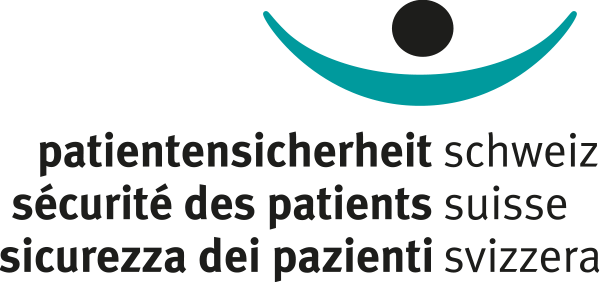
Cataracts and Glaucoma
Do you have any questions? We are pleased to advise you:
+41 41 228 09 94
The cataract is a common eye disease in which the crystalline lens turns a greyish hue. Depending on the form and intensity, the following may occur: reduced visual acuity, fog-like blurred vision, increasing myopia, or increased glare and double vision. The cataract is a disease that develops in the second half of life. Most of the people affected are over 50 years old, and 90% of people over the age of 75 are affected by this pain-free disease. Half of these show reduced visual acuity.
Another common eye disease is glaucoma. It is estimated that around 20% of over-40s are affected. The term glaucoma comprises a group of various eye diseases in which the optic nerve is permanently damaged. As a result, the visual field of the eye shows ever larger gaps – initially mostly unnoticed. Visual acuity also decreases in the advanced stage of the disease.
These factors can increase the risk of disorder:
-
Natural ageing process starting at 40 years of age
- Diabetes
-
Additionally with cataracts: Smoking, hypersensitivity to UV rays, long-term effects of eye inflammation or eye injuries and certain medications
-
Additionally with glaucoma: Increased intra-ocular pressure, family predisposition, high blood pressure and severe myopia.
In the case of cataracts, the clouding of the otherwise clear crystalline lens can be detected by your ophthalmologist using a special device, the slit lamp. The finding can be made at random during a consultation with the doctor, or because of a deterioration in vision that you may have noticed. Various eye tests and eye examinations provide information about how severely the vision has been impaired.
In the case of glaucoma, early diagnosis can be difficult. There is no leading symptom of the disease as there is with cataracts. At the beginning, the brain or the other eye compensates for missing fields of vision, which means that the persons affected feel no complaints and visual impairments.
Cataracts and glaucoma cannot be prevented. Therefore, an early diagnosis is important so that timely therapy can delay the progression of the disease.
-
Cataracts: Some people can compensate for vision loss temporarily or even for the long term with glasses or contact lenses. There is no medication for the treatment of cataracts. The only effective treatment option is an operation, where the cloudy lens is removed and replaced with a new, artificial lens.
-
Glaucoma: The aim of the treatment is to reduce eye pressure. Often, a therapy with eye drops that lower the eye pressure is enough to achieve this goal. If this medication does not help enough, intervention by operation or laser treatment must be considered.
Your guides:
Further information:
-
Have the operating surgeon explain the advantages and disadvantages of the various lens types and operation possibilities.
-
In addition to the standard lens, there are other lens types with different comfort levels. Do you need these conveniences? Will glasses still be necessary after the operation? What costs are involved overall?
-
Have your health insurance provider inform you in writing regarding which costs the health insurance covers, and which costs you have to pay yourself.
-
Take your time to think about it and do not sign any forms as long as you have doubts.
-
Typically, cataract operations can be performed on an outpatient basis. Only in justified medical cases is inpatient treatment in the hospital necessary. This way, unnecessary inpatient hospital treatments can be avoided.
-
Ask a family member or a friend to accompany you to the hospital and take you home on the day of the operation.
-
If you are unsure about whether the operation is necessary, you can seek an independent and neutral second medical opinion. If you are covered by a hospital insurance at CONCORDIA, a second medical opinion is free of charge if you apply for it via the Lucerne Cantonal Hospital (LUKS) .
These issues must be considered after a cataract operation:
-
On the first day after surgery, you will wear an eye bandage to protect the eye.
-
Do not press or rub the freshly operated eye – even if it itches occasionally, or if it is slightly painful. Carefully touching the eye is not a problem.
-
Most everyday activities can be carried out as usual after a few days.
-
Discuss with your ophthalmologist which activities you should avoid in the near future. He/she will also determine when your eyesight is sufficient enough to drive again. This is usually possible after a few weeks.
-
For the time after the operation, your doctor will prescribe eye drops and you will receive the dates of your outpatient check-up appointments.
-
You will have to wait a few weeks after the procedure to have your glasses adjusted.
-
If you experience any symptoms in the eye, contact the clinic that performed the operation immediately.
Give us your feedback: What experiences have you had with the CONCORDIA Health Compass? Do you have questions about using it?
What suggestions do you have for us? Or maybe you didn't find what you were looking for?
Call us on +41 41 228 09 94. Or write your message to healthcompass@concordia.ch.
We would be happy to provide further assistance.



